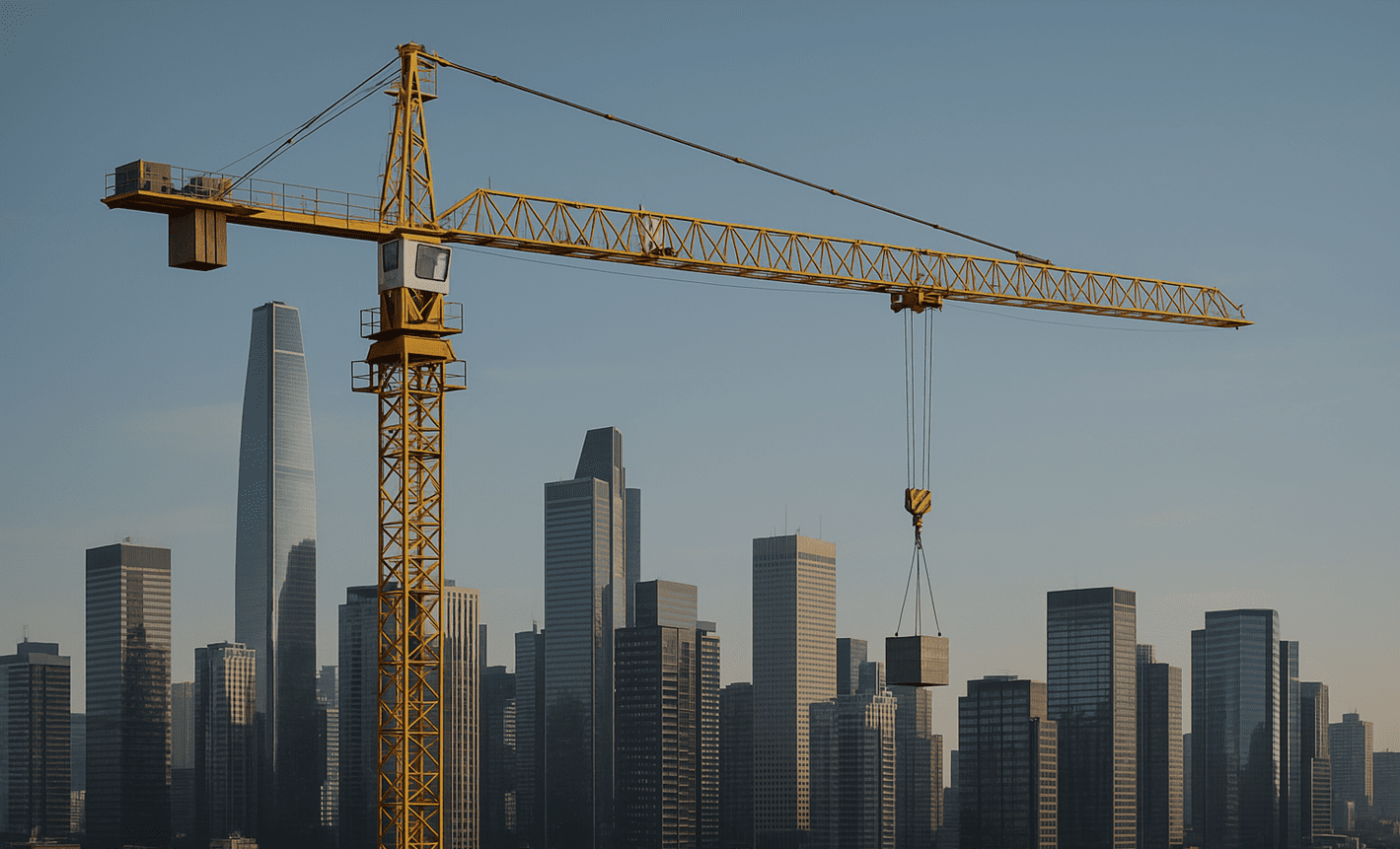
Our Guide to Estimating Generator Size for Your Business
If electricity is essential for your business, a generator is too. It can power your operation in areas far from the main energy grid or provide you with an uninterrupted supply during a blackout.
In industries such as healthcare, food, and data, power outages can lead to revenue loss and hazardous situations. However, while a generator is vital for these sectors, all businesses benefit from having one on hand, and professionals in hospitality, retail, entertainment, and numerous other industries frequently utilise them as well.
Choosing the right-sized generator increases your chance of safety and success, but estimating generator size can be a real challenge. Choosing either a generator that is too large or too small wastes precious time and money, while also running the risk of damage to your equipment. “What size generator do I need?” is the most commonly asked question among potential customers looking to rent or buy a generator, with so many options to choose from.
As professionals in generator hire with over 25 years of experience, Total Generators are used to assisting customers who are estimating their generator power needs. We can help you choose the right-sized generator to meet the needs of your business.
Here’s our guide to estimating generator size and why it’s so crucial to get it right.
Why Generator Sizing is Important
Commercial generators don’t just power your appliances and operations. They also provide electricity to a large number of safety systems that operate during emergencies: fire alarms, security systems, and emergency lights. These functions can save the lives of people in the building; the setup of your building affects the level of backup power required to keep them operating.
Generators that are the wrong size can cause unnecessary expense and scores of problems. Too large, and you’re spending unnecessarily high amounts of money on inefficient power generation. You can even cause a voltage or frequency surge that overloads electronics or trips circuit breakers. Too small, and your generator can’t provide sufficient power. You risk overheating and damaging your generator, and you can’t adequately power alarm systems and other safety features. Your generator may even catch fire, risking the entire business and the safety of those involved.
Both overestimating and underestimating generator size can increase wear and tear, potentially shortening your generator’s lifespan.
Power Measurement Methods for Generator Sizing

Estimating generator size begins with making a list of everything you need to power with your backup generator. Your list will depend on the kind of business you run. If it’s an office, you need to consider lighting, telecommunications and everything that people need to safely evacuate the building in an emergency. For a restaurant or food processing plant, this includes refrigeration, HVAC and any other measures that prevent food from spoiling and becoming contaminated. For a hospital or health clinic, this includes lifesaving equipment like life support systems and dialysis machines.
For every appliance, include both the starting and the running wattage. The starting wattage refers to the first surge of power needed to start the appliance, which is usually higher than the running wattage. This information can often be found in the instruction manual or on the appliance itself.
When you’re estimating generator power needs, you’ll come across rating systems like watts, volts, amps (amperes) and kVA (kilovolt-amperes). Many appliances and power tools display their ratings in amps (a unit of measurement for the pace of electron flow) or watts, as a device that requires more power requires a higher wattage.
You can use a calculator like Total Generators’ power calculator to convert kVA to kilowatts (units of power equal to 1000 watts) or switch between other units of measurement.
Once you know which items you need to power, you can calculate the consumption of your business at peak usage. The power measurement methods you can use for estimating generator size include:
Real-time measurement
An ammeter is an instrument for measuring electrical current in amperes. You can use one on every leg of an electrical circuit and add the measurements together to reach the facility’s total amperage. Divide the total amperage by three for three-phase current, which is the type of supply most commonly used in commercial and industrial facilities.
Check your history
Review your utility bill for the peak demand level every month. Find the highest peak demand for the past year and add an extra 25% for reserve capacity.
Measure by square footage
This is a simple method most commonly used for retail and hospitality locations like stores and restaurants. The equation is 50 kW + 5-10 watts per square foot.
Most generators can only sustain 80% of their power over an extended period of time. It’s best to choose a generator that’s slightly more powerful than you need, without being too powerful and risking damage to your generator.
Things to Consider When Choosing a Generator Size
There are other factors to consider when you’re choosing generator size besides the wattage and power loads. These include:
Generator type
Traditional generators use a mechanical alternator to produce ready-to-use AC (alternating current) power. Inverter generators also use this alternator, but the current is converted into DC (direct current) power and then back into the AC variety. This process is designed to give you consistent and reliable energy that closely resembles what you can get from the power grid.
Running time
Sometimes it’s hard to estimate how long you’ll need to use a generator in an event like a blackout. However, having an idea of the runtime will help you determine the fuel capacity your generator needs.
Mobility
The larger and more powerful a generator, the harder it is to move around. Depending on your power needs and the amount of space you have, there are different solutions available to the problem of moving heavy generators. You can have a stationary generator permanently installed or choose a trailer-mounted generator.
Location and climate
Your power needs may change depending on the climate of your location and the weather conditions you’re working in.
Get the Generator You Need at Total Generators

Estimating generator size can be a difficult, time-consuming task, and you have other responsibilities. Fortunately, Total Generators is dedicated to providing you with the generator you need and has the experience to back it up. No matter the size of your project or where it’s located, we’ll find the right generator for you.
When you select a diesel generator rental from Total Generators, we’ll provide you with an uncomplicated, user-friendly solution that allows for efficiency and simplicity with minimal instruction. All our portable diesel generators are compliant with Australian Electrical Safety Standards and are regularly serviced to be ready to respond quickly in emergencies.
We also provide diesel power station hire, and our power station consultants offer a wide variety of services. We can make scheduled visits to your site location to inspect, evaluate and help with your power generation projects, providing the best solutions for your site’s requirements.
Our equipment is the first choice of many businesses in some of Australia’s most safety-focused areas, including mines, railways and defence. Ready to find the generator you need? Call 1800 064 766 to reach out to the Total Generators team or get a free quote from us online.


